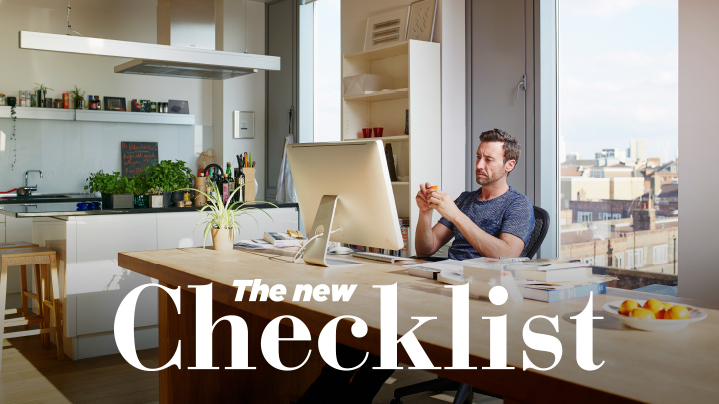The new checklist
Continually evolving with the availability of new technology, building materials and lifestyle opportunities, residential property preferences have experienced a palpable shift over the last decade. Johnny Sinclair Bayleys’ national director residential investigates the home assets appearing atop buyers’ wish-lists in 2021.
Continually evolving with the availability of new technology, building materials and lifestyle opportunities, residential property preferences have experienced a palpable shift over the last decade. Johnny Sinclair Bayleys’ national director residential investigates the home assets appearing atop buyers’ wish-lists in 2021.
Informed by the experience of the global pandemic and most recent economic shock, residential property preferences have shifted to see more Kiwis reassess the varying aspects of home, work and leisure.
"The pandemic has highlighted interesting emerging trends in residential property preferences, while some of the more traditionally popular features of a home are being passed over,” he says.
While first home buyers continue to prioritise affordability over a home’s little luxuries, there’s a greater choice on the market today and the combination of development, advances in technology and shifting preferences mean that New Zealanders are no longer confined solely by location when it comes to choosing a home.
Lifestyle
Traditionally aspiring to a site by the sea or a sprawling piece of lush green land, New Zealanders are very fortunate to have both in abundance, and our taste for properties that enhance our lifestyles remains stronger than ever, Johnny says.
Beachside suburbs such as Papamoa in the Bay of Plenty and Orewa north of Auckland have experienced value growth well above the average rate when comparing unconditional sale results from 2019 with those of 2020.
Buyers are willing to pay a premium for a peek of the water, Johnny says, adding that increasing awareness of mental health and self-sufficiency has further fed into buyers’ desire for a sea breeze and a view of the trees.
“The ability to work remotely and an increasing accessibility to amenities has seen buyers blend their home and bach aspirations into one, meaning that traditional ‘holiday-home’ enclaves like Whitianga in the Coromandel and Omaha north of Auckland are seeing a rise in the proportion of permanent residents.”
Flexibility
“One of the most interesting things to come out of New Zealand’s extended lockdown was the growing demand for homes with versatile spaces,” Johnny says.
The introduction of flexible working hours and more agile business technology has been steadily on the rise over the last decade, however, the sheer number of individuals forced to work from home during the lockdown period has been the catalyst for a new standard of normal.
“More workers that can work from home are working from home and this is creating demand for bigger homes with extra bedrooms that can be used as the home office,” Johnny says.
Recent data from Statistics New Zealand shows that one-third of New Zealand’s houses now boast four or more bedrooms, compared with just one fifth in 1991.
Likewise, a greater proportion of apartment and townhouse developments are being designed with a study nook or reading corner in mind.
Amenities
Feelings of isolation and claustrophobia have certainly played a part in residential purchasing decisions post-lockdown, Johnny says.
“Anecdotal evidence shows that lockdown was a transformative period for so many New Zealanders and it caused them to reassess their living situations.”
Johnny says that this has equally resulted in families moving closer to locations with parks and good schooling as it did see retirees move away from more built-up urban areas and the threat of community virus spread.
“The desire to be located in proximity to good schooling and neighbourhoods with a high socio-economic rating, however, persists and we continue to see suburbs that offer entry to elite schools as netting higher prices than their counterparts.”
Access
“Traditionally a stalwart on many a residential check-list, the necessity to be proximate to motorways and major arterial routes have reduced with the swathe of new development that’s swept New Zealand over the last decade,” Johnny says.
“The establishment of satellite cities such as Pokeno south of Auckland and Silverdale in the north has offered certain fringe suburbs the opportunity to emerge as more self-sufficient mini-towns, negating some of the need to live close to an arterial route that links home, work and leisure activities,” he adds.
When looking at some of the major roading developments like Wellington’s Transmission Gully and Auckland’s northern motorway extension, data fails to support a link between the creation of infrastructure and above-average rises in property values.
“Increasing flexibility in the workspace coupled with technological developments have seen buyers make a demonstrative shift towards lifestyle-oriented properties,” Johnny says.
“With less need for the daily commute, property purchasers are looking to locations further away from main centres to strike the right balance of affordability and liveability,” he adds.
Read more...
[Download PDF]